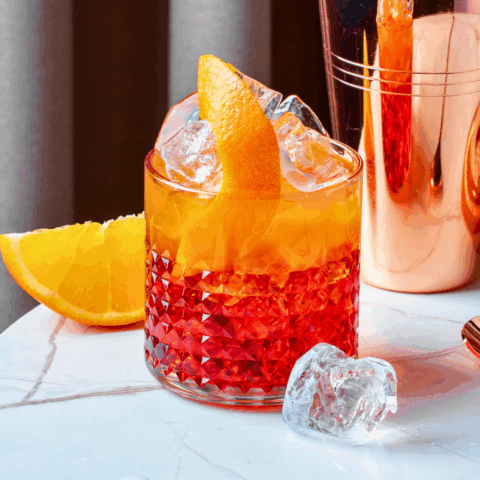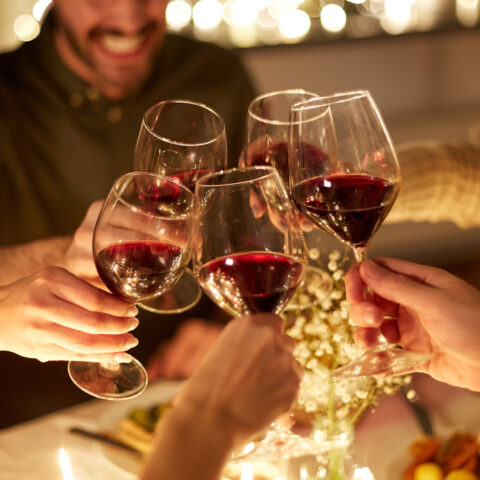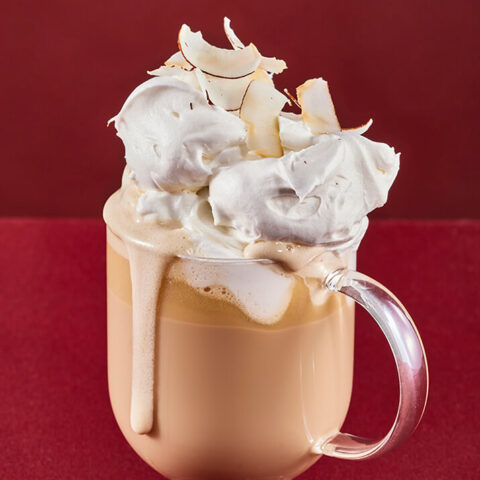In 1928, an American journalist called Robert Hobart Davis found himself lost on a country road in Italy, unable to communicate with his Italian chauffeur. At that moment, he later wrote, a man on a horse came into view – an elderly gentleman, eccentrically dressed like a cowboy from the Wild West. Davis asked him if he spoke English. “You’re tootin’ I do, hombre,” the rider said with a heavy Italian accent. “Which way are you drifting?”
The cowpoke’s name was Count Camillo Luigi Manfredo Maria Negroni, and he came by his outfit honestly. The son of a Florentine count and an English mother (who was the daughter of the romantic poet Walter Savage Landor), Negroni had gone looking for adventure in North America at the age of 20 and ended up riding herd on cattle ranches from Wyoming to Alberta. He learned to drink and play cards and mastered the lingo of the West, but by 1898, he was living in New York City, giving fencing lessons on Madison Avenue and hanging out with men like Bob Fitzsimmons, heavyweight boxing champion of the world. Davis remembered him from that time – how Negroni and “Fitz” had won $7,000 dollars at the racetrack in a single afternoon, then lost the lot after dinner at an uptown poker game. It had made all the New York papers. “That’s right,” confirmed Count Negroni. “I returned to Italy in 1905, better for the American interlude, and am now retired.”
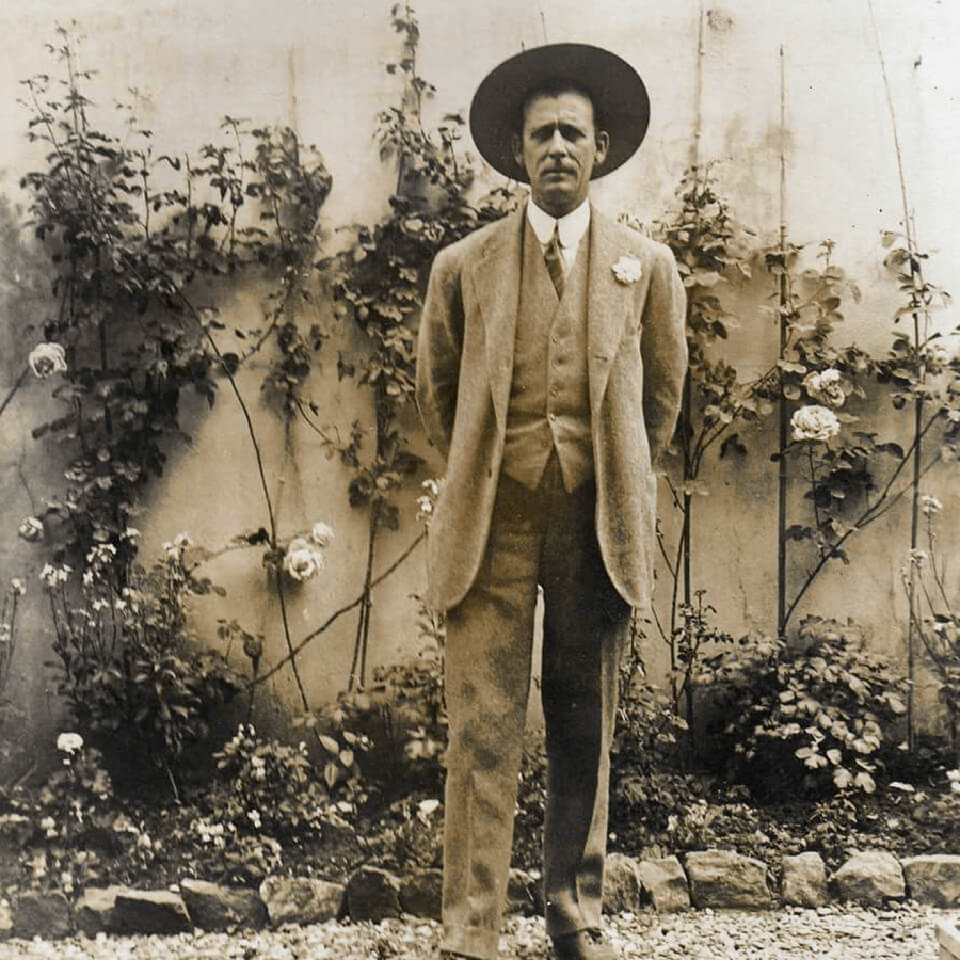
What he did not mention to Davis was the single event for which he is far better known today. In 1919, Negroni sauntered into the Caffè Casoni in Florence and instructed the bartender, Fosco Scarselli, to make him an Americano cocktail in the usual way – with Campari and sweet red vermouth – but to complete the drink with gin instead of soda water. Before long, other customers were asking for “Count Negroni’s drink,” and eventually the Campari company put its own marketing clout behind it. The cocktail became a sophisticated but little-known treat in smart Italian restaurants, usually enjoyed as an aperitif but sometimes after dinner. Then, suddenly, about a decade ago, millennials discovered the Negroni and claimed it as theirs, adding a squirt of soda or a squeeze of fresh orange juice, barrel-aging it or using Prosecco instead of gin to make a Negroni Sbagliato (a “bungled” or “mistaken” Negroni, which went viral on TikTok last year thanks to House of the Dragon star Emma D’Arcy), but most often they’re happy to stick with the classic.
@streamonmax I’ll take one of each. #houseofthedragon ♬ a negroni sbagliato w prosecco l hbo max – Max
Count Negroni died in 1934, aged 66; Scarselli was still working in the 1960s. He was a brilliant bartender – the inventor of the Mercedes and the 19th Hole, among other cocktails – and his taste was impeccable. I like to think it was his idea to garnish Count Negroni’s potent new creation with orange peel instead of the lemon twist an Americano usually demands. It is the all-important finishing touch to one of the world’s most satisfying cocktails.
Classic Negroni Recipe
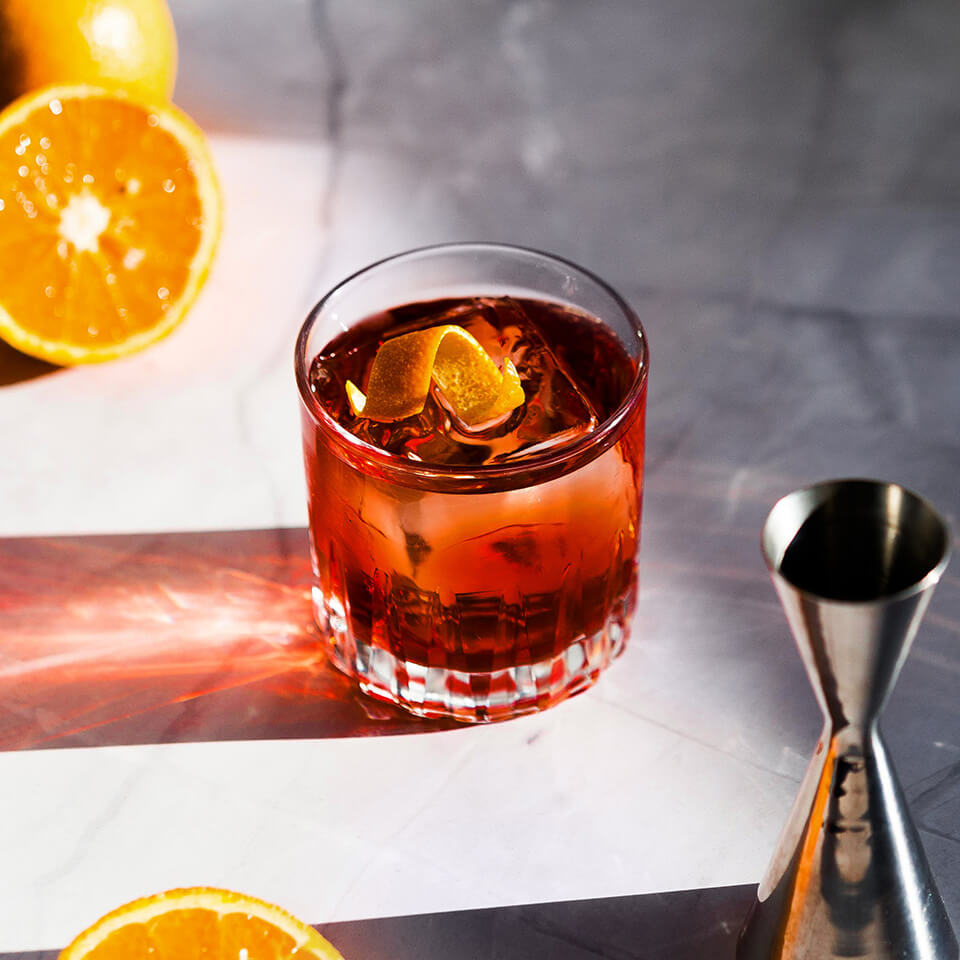
The simplicity of a classic Negroni is deceptive, says writer James Chatto. It uses three of the most complex products on any bar rail – Campari, sweet red vermouth and gin. Campari’s bittersweet braid of orange, quinine and spice notes is unique, while a good red vermouth brings its own taste of wine, fruits, herbs and botanicals. Use a traditional juniper-forward London dry gin for optimum balance.

Classic Negroni
Ingredients
- 1 oz Campari
- 1 oz sweet red vermouth
- 1 oz gin
- 1 orange peel for garnish
Instructions
- Fill a mixing glass with ice. Top with Campari, sweet red vermouth and gin. Stir to chill. Add one large ice cube to an Old Fashioned glass. Strain Campari mixture into glass; twist orange peel overtop to release essential oil, then drop into cocktail.













